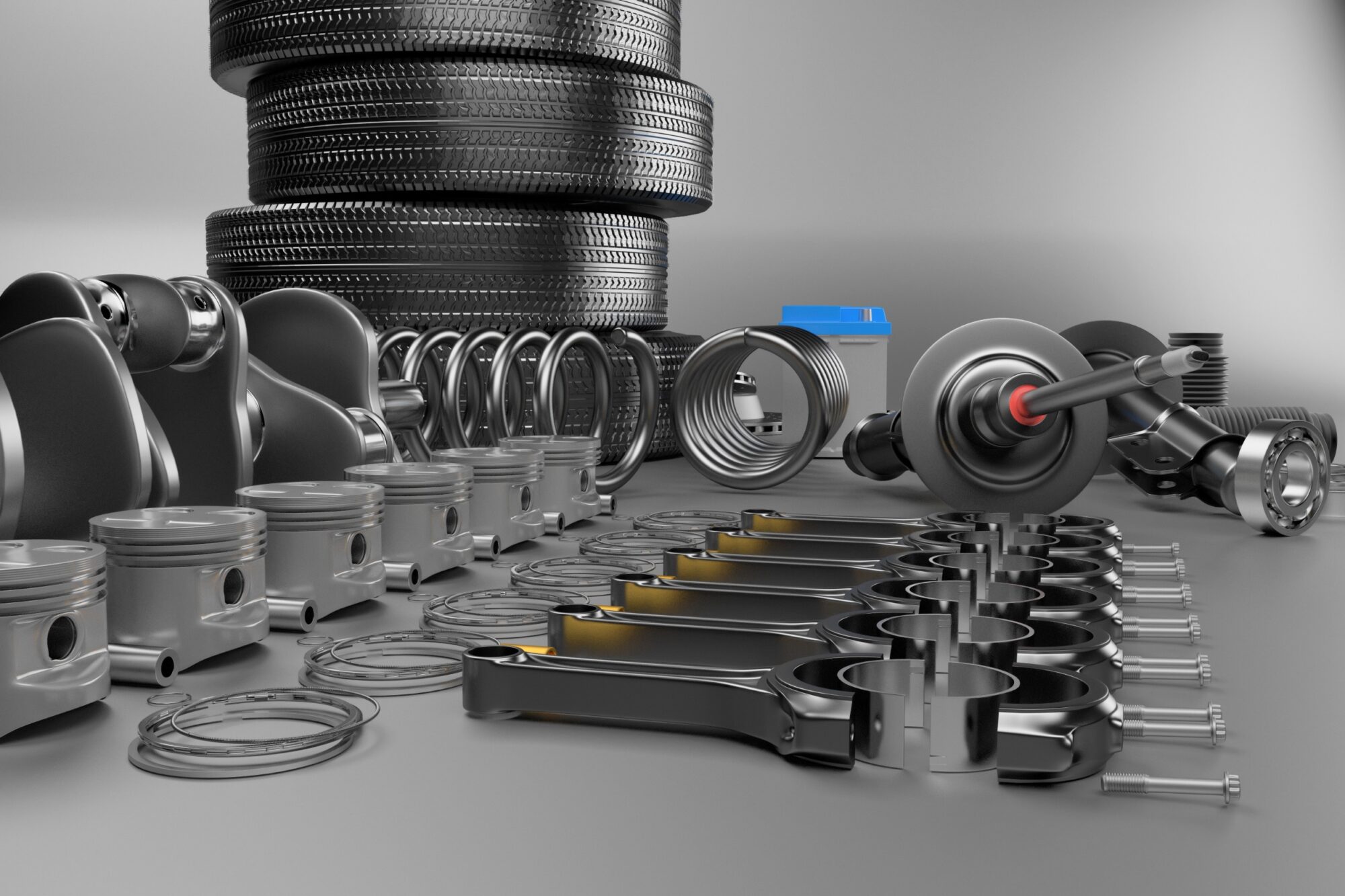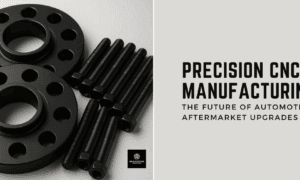Purchasing used car components is a cost-saving and environmentally friendly option. However, it has some implications if you follow some recommendations. Although most second-hand components are of high quality and have a long lifetime, some could be approaching the end of their life.
Overall, being able to identify red flags prior to installing a defective part would save you hundreds of thousands of dollars in repair costs, safety risks, and time wasted.
Ways to Tell If a Used Car Part Will Fail Soon
These are 7 red flags warning that the used car part is on the verge of flaking out, and what to do when you see them. If you want to buy from site de pièces auto détachées, then you want to read this.
Apparent cracks, rust, or corrosion
The exterior condition should be the first thing to be checked. When visible cracks, rust spots, flaked paint, and extreme corrosion are present, it indicates that the component has undergone wear, water, and heat damage during its time of use.
What should be done?
It is advisable to avoid fitting parts that have severe physical damage or rust. Minor cracks can rapidly develop into pressure cracks, particularly in moving or load-carrying parts.
Overwear on movable parts
Pulsating on joints or pulleys of such components, such as brake caliper, control arm, alternator, and steering rack, there should not be too much play, looseness, or unusual wear.
What should be done?
Turn or shake the component by hand to get some idea of grinding, stiffness, or looseness. In case it is not smooth or wobbly, proceed with it.
Unusual color or odour
Overheating, fluid leaks, or electrical damage from the past (common in components such as the alternator, sensors, or wiring harness) may cause a burnt odor or discoloration.
What should be done?
Have faith in what you feel. When a component emits a burnt smell, appears discolored, or has melted plastic ports or areas, it is likely broken or damaged.
Broken or unprovided mounting points
Make sure there are no missing bolts, clips, or mounts. An incorrectly installed part will cause vibration, leaks, or misalignment. What was to be done? Ensure that the part includes all necessary connection points and fits the vehicle’s mounting system.
Dripping fluids or residue
When there is a leak or some potential internal damage, in case you see the residue of oil, coolant, or any other fluid around the part, particularly in the case of an engine, transmission, radiator, or pump.
What should one do? Avert components exhibiting indicative marks of leakage, except that they have been duly reconditioned and pressure-tested.
Unsupported usage or mileage history
A section whose origin is unknown, and particularly a high-mileage car, is more likely to break down eventually. This is essential to mechanical and electronic components.
What is to be done?
Purchase the car from sellers who have mileage or use history. In an ideal situation, one should use low-mileage or reconditioned parts that come with warranties.
Refund and warranty absent
The absence of a warranty or the inability to return the item is a red flag, especially in cases where a part is costly or essential to safety. What can be done? Use reputable sources or resellers that provide a return period of at least 7-30 days and a limited warranty.
Conclusion
When obtained cautiously, used car parts are as good as new. However, it may result in collapse or even catastrophic failure when they abandon inspections or trust dubious dealers.
These warning signs, however, accompanied by responsible buying, will allow you to take the cost-saving advantage of second-hand parts without the danger.



































